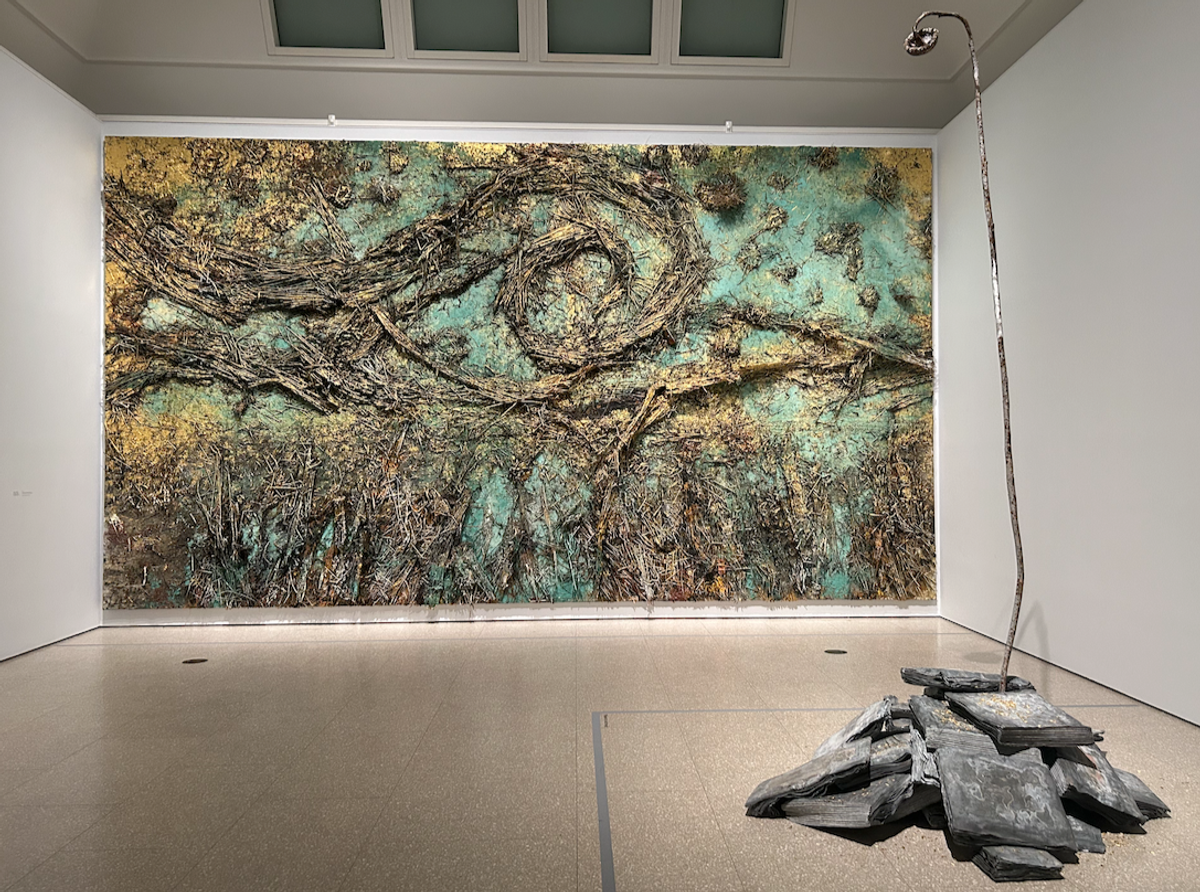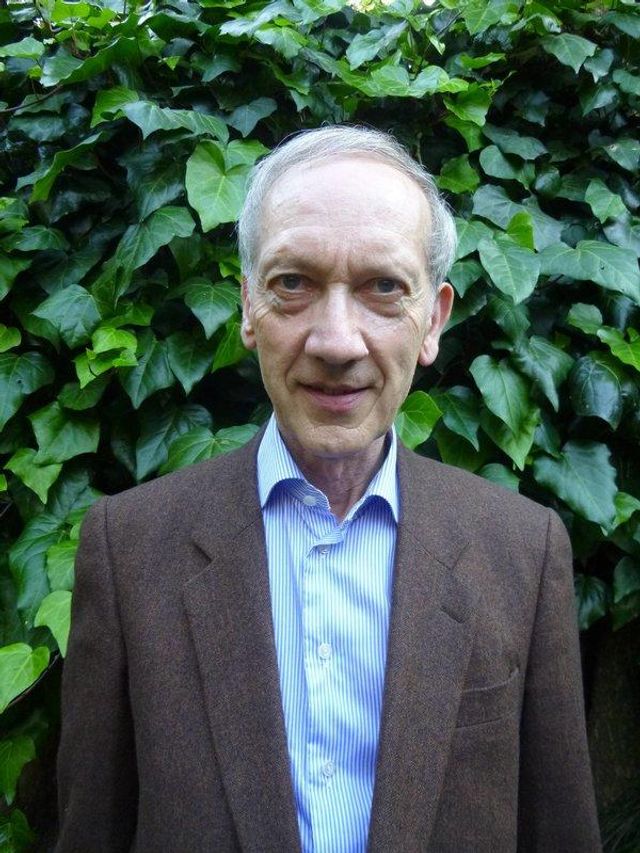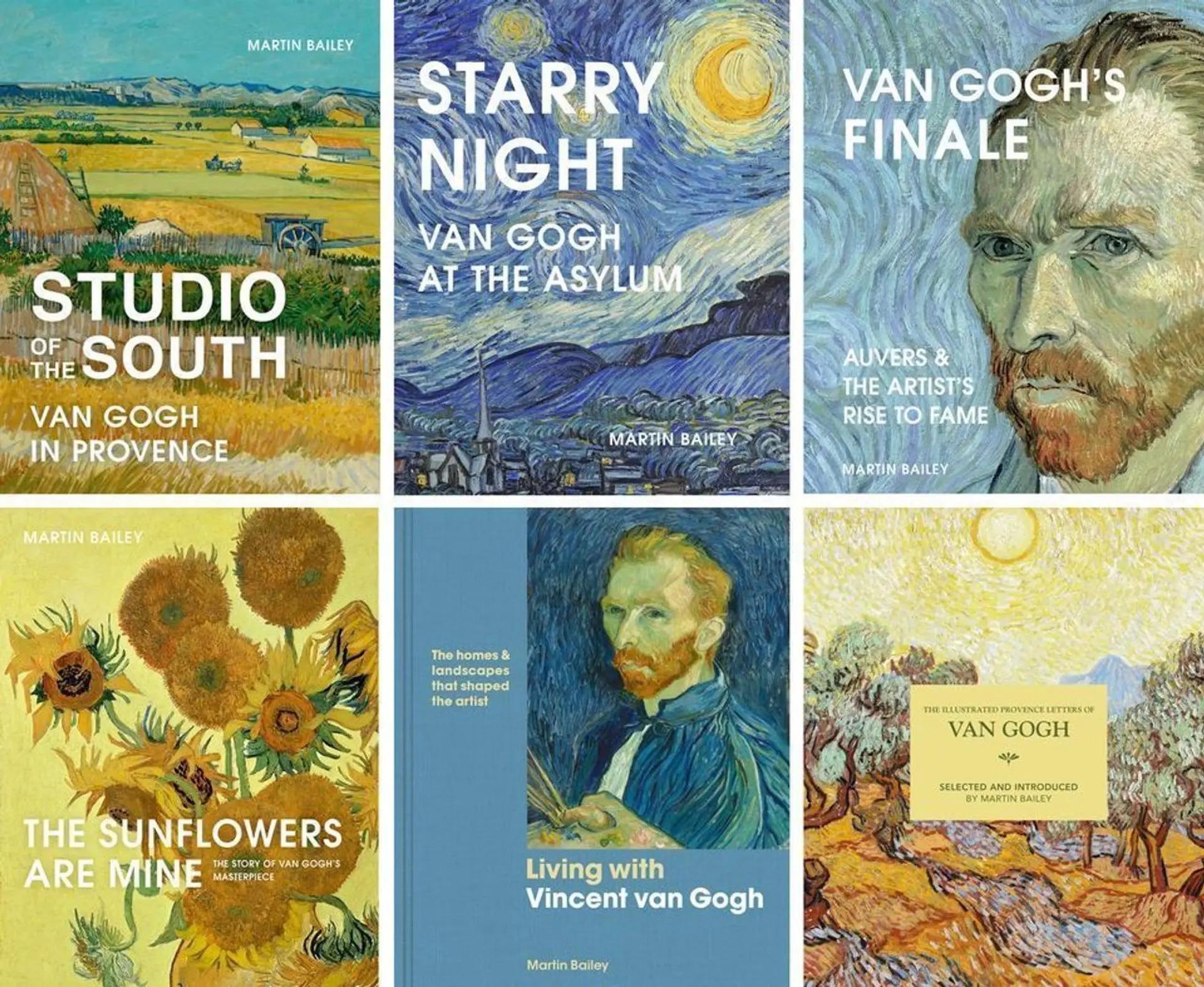Kiefer/Van Gogh (28 June-26 October) at London’s Royal Academy of Arts (RA) presents works by the German artist that are modest in number but enormous in size. The exhibition’s finale, The Starry Night (2019), is 8.4m wide. It only just fits on the gallery wall, with around 5cm to spare at each end. Although it does divide into three sections, transporting the work from Kiefer’s studio on the outskirts of Paris and installing it proved a logistical challenge.
The RA exhibition is a collaboration with the Van Gogh Museum, where it was initially shown (7 March-9 June) and seen by 340,000 visitors. The Amsterdam presentation had more than three times the space, so the London show is smaller and includes some different works.
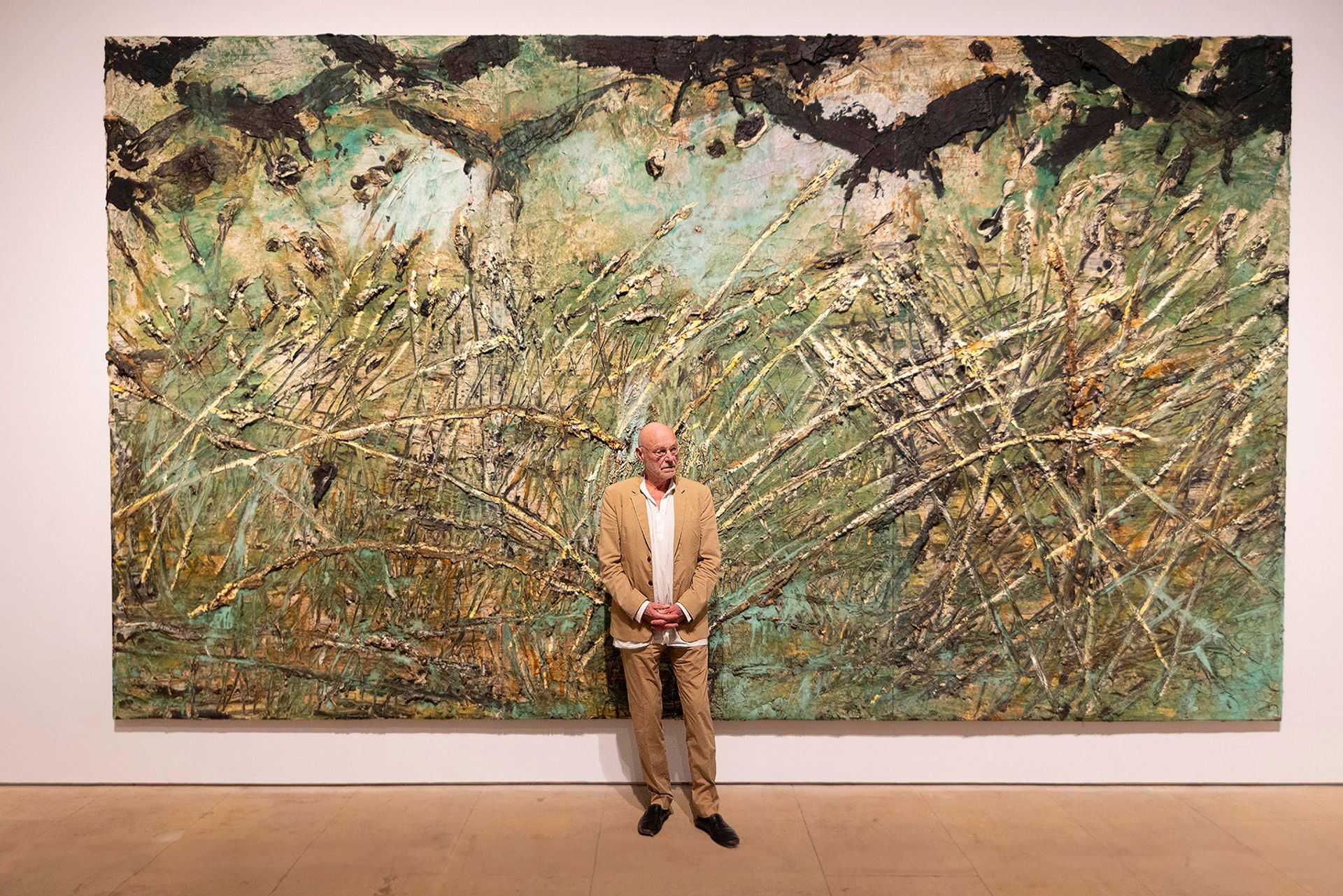
Anselm Kiefer with The Crows (2019) in the Royal Academy’s exhibition
Royal Academy of Arts. Photo: David Parry. © Anselm Kiefer
In London the lead curator is the Royal Academy’s Julien Domercq. Until last year he was at the National Gallery, where he contributed to the exhibition catalogue for Van Gogh: Poets and Lovers (14 November 2024-19 January 2025). Domercq describes Van Gogh as Kiefer’s “first artistic love”; there is a “meeting of minds” between the two artists, he says.
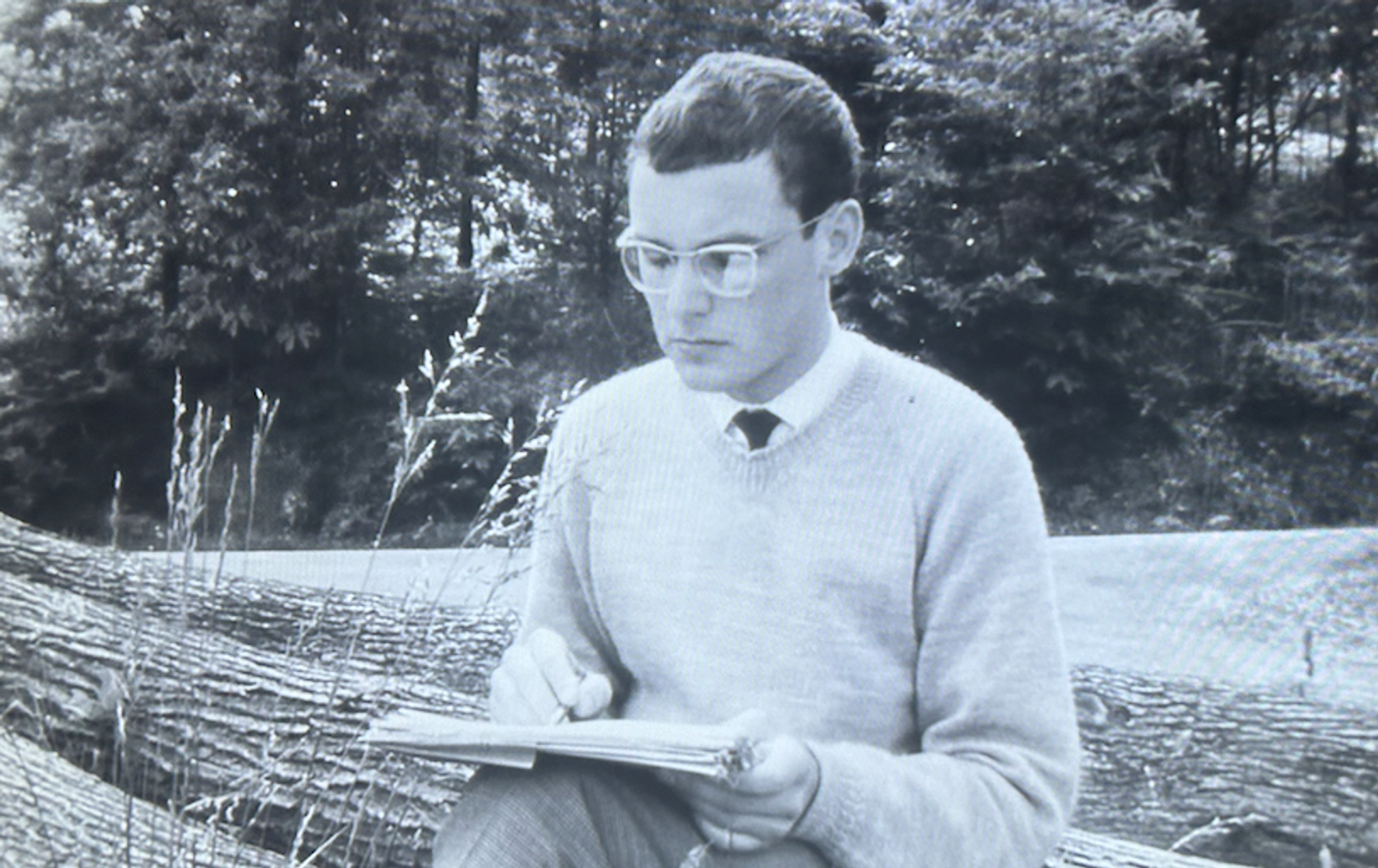
A film still of Anselm Kiefer, aged 18, sketching in Provence on the Van Gogh trail (1963)
© SWR
Kiefer’s love of Van Gogh began in 1963 when, as an 18-year-old student, he went on a pilgrimage to the sites where the Dutchman had lived and worked, sketching his own impressions of places and people. Six of these early drawings are included in the RA show.
The main presentation at the RA comprises seven huge multimedia “paintings” (made with oil and acrylic, gold leaf, straw, clay, burnt wood, wire and sunflower seeds)—and a single sculpture (Danaë, 2019). They are all inspired by Van Gogh and were completed over the past decade.
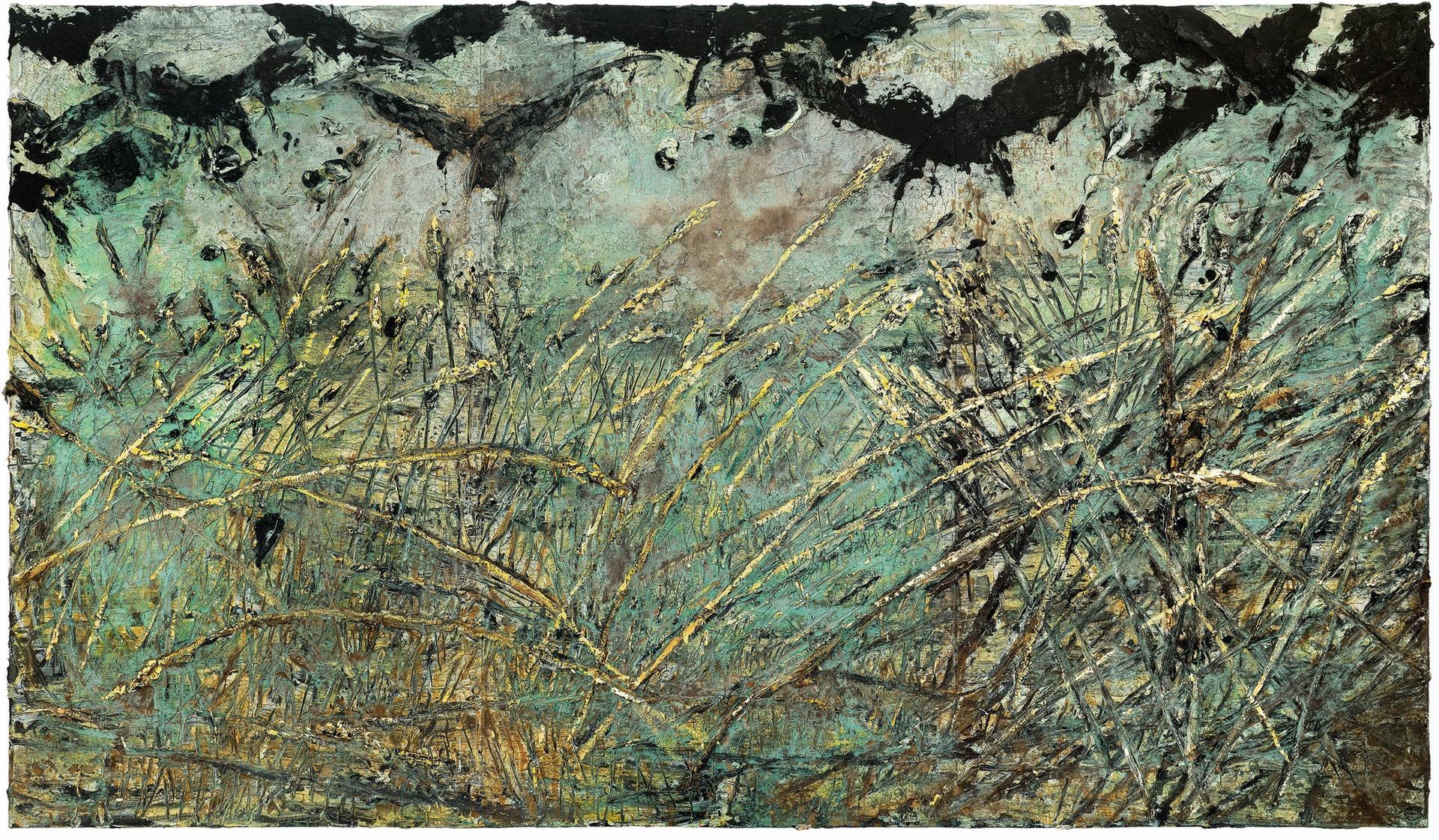
Anselm Kiefer’s Nevermore (2014)
Courtesy Eschaton Foundation. Photo: Charles Duprat. © Anselm Kiefer
The 5.7m-wide Nevermore (2014) depicts golden wheat, surmounted by a flock of ravens (which appear even more menacing than Van Gogh’s birds in his Wheatfield with Crows, July 1890). The title refers to an 1845 poem by Edgar Allen Poe, in which a grieving man is driven mad by a raven repeating the word “Nevermore”. Kiefer’s work also has a connection to Van Gogh’s companion Paul Gauguin, who in 1897 himself made a painting called Nevermore, which centres around a naked Tahitian woman lying on a bed and is in the Courtauld Gallery collection.
Kiefer’s massive works are shown in the larger first and third rooms of the RA’s gallery suite, while the middle room is dominated by Van Gogh, creating a very different atmosphere. The Van Goghs comprise both drawings and paintings spanning most of his periods. Domercq deliberately selected pieces which are not directly illustrative of Kiefer, instead going for those where the connections are a “little looser”. With 11 works, it represents what is essentially a mini Van Gogh exhibition.
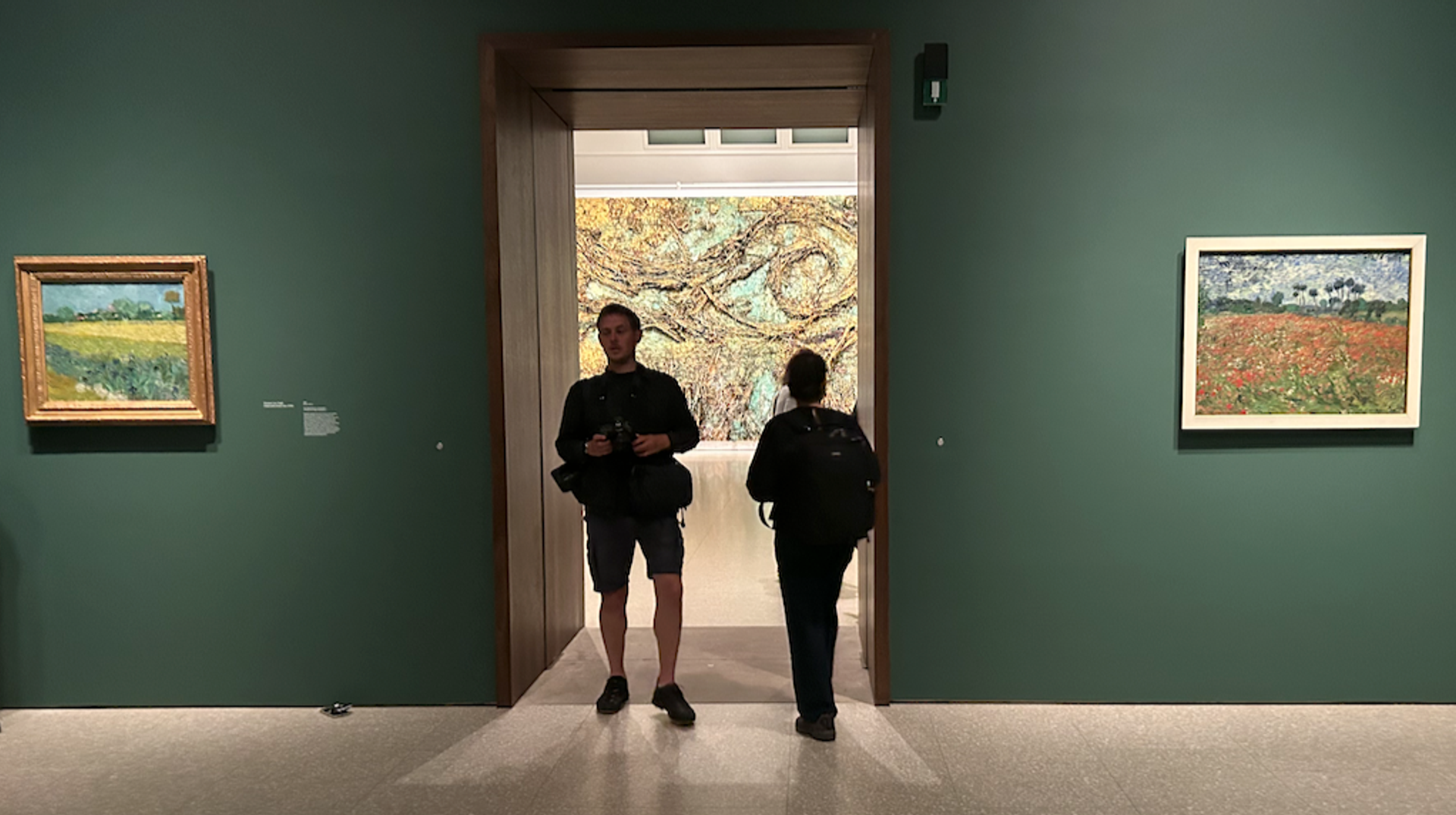
Van Gogh’s Field with Irises near Arles (May 1888) and Poppy Field (July 1890), with part of Anselm Kiefer’s The Starry Night (2019) visible in the room beyond at the RA exhibition
Photo: The Art Newspaper
There are seven Van Gogh paintings, five of which are on loan from the Van Gogh Museum, along with a version of L’Arlésienne (April 1890) from a private collection and Poppy Field (June 1890) from Kunstmuseum The Hague. There are also four rarely displayed Van Gogh drawings.
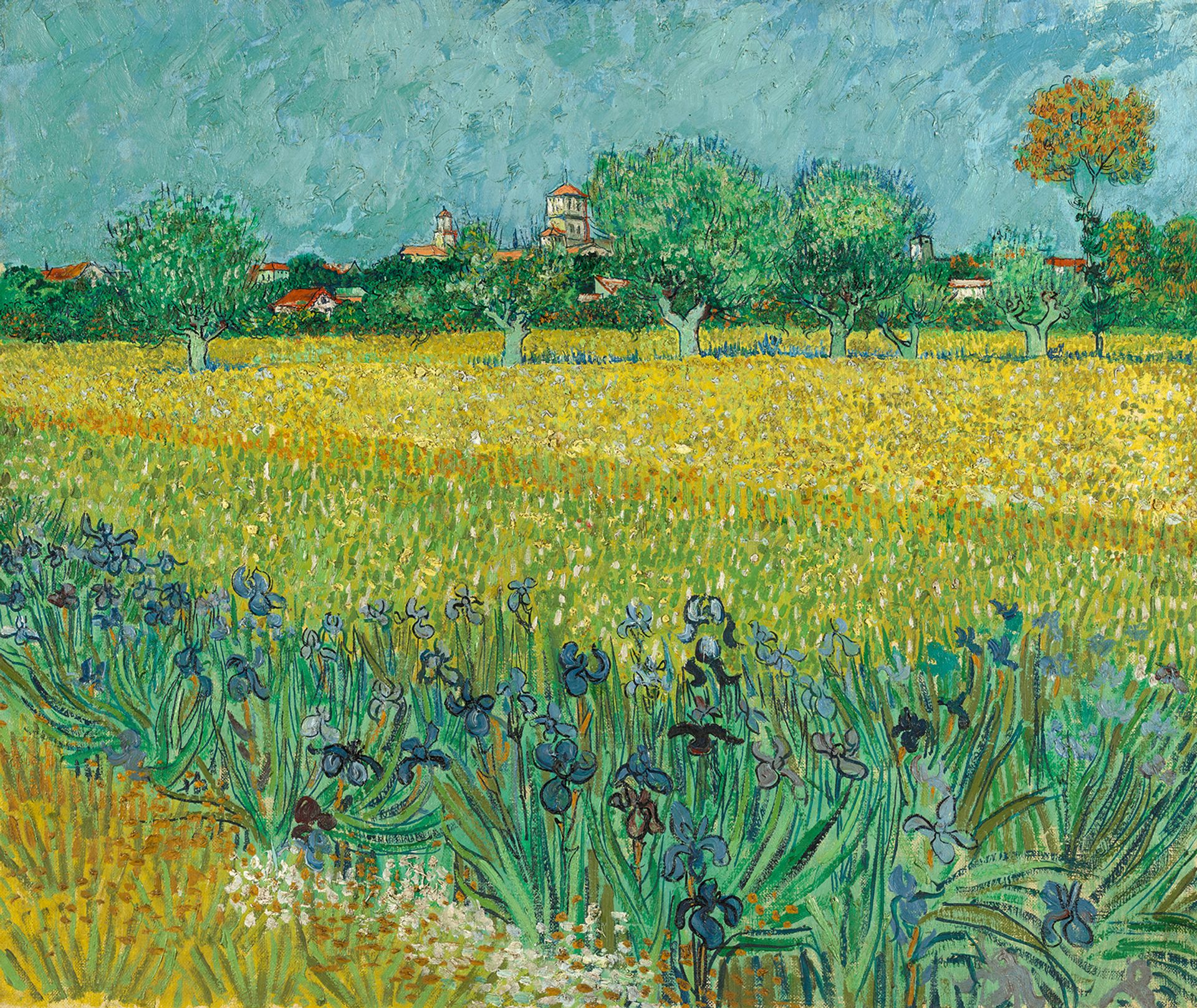
Van Gogh’s Field with Irises near Arles (May 1888)
Van Gogh Museum, Amsterdam (Vincent van Gogh Foundation)
The finest of the paintings, and a treat for Londoners, is undoubtedly Field with Irises near Arles (May 1888). In his homage works Kiefer has not included irises or the skyline of Arles, but the link is with his articulation of space in his large mixed-media works.
Tribute at White Cube
Meanwhile White Cube is showing Anselm Kiefer (until 16 August) at their Mason’s Yard gallery, just three minutes’ walk away from the RA. Their selling exhibition—which is free admission—has 12 works by Kiefer, all but three of which are large-scale, multimedia pieces.
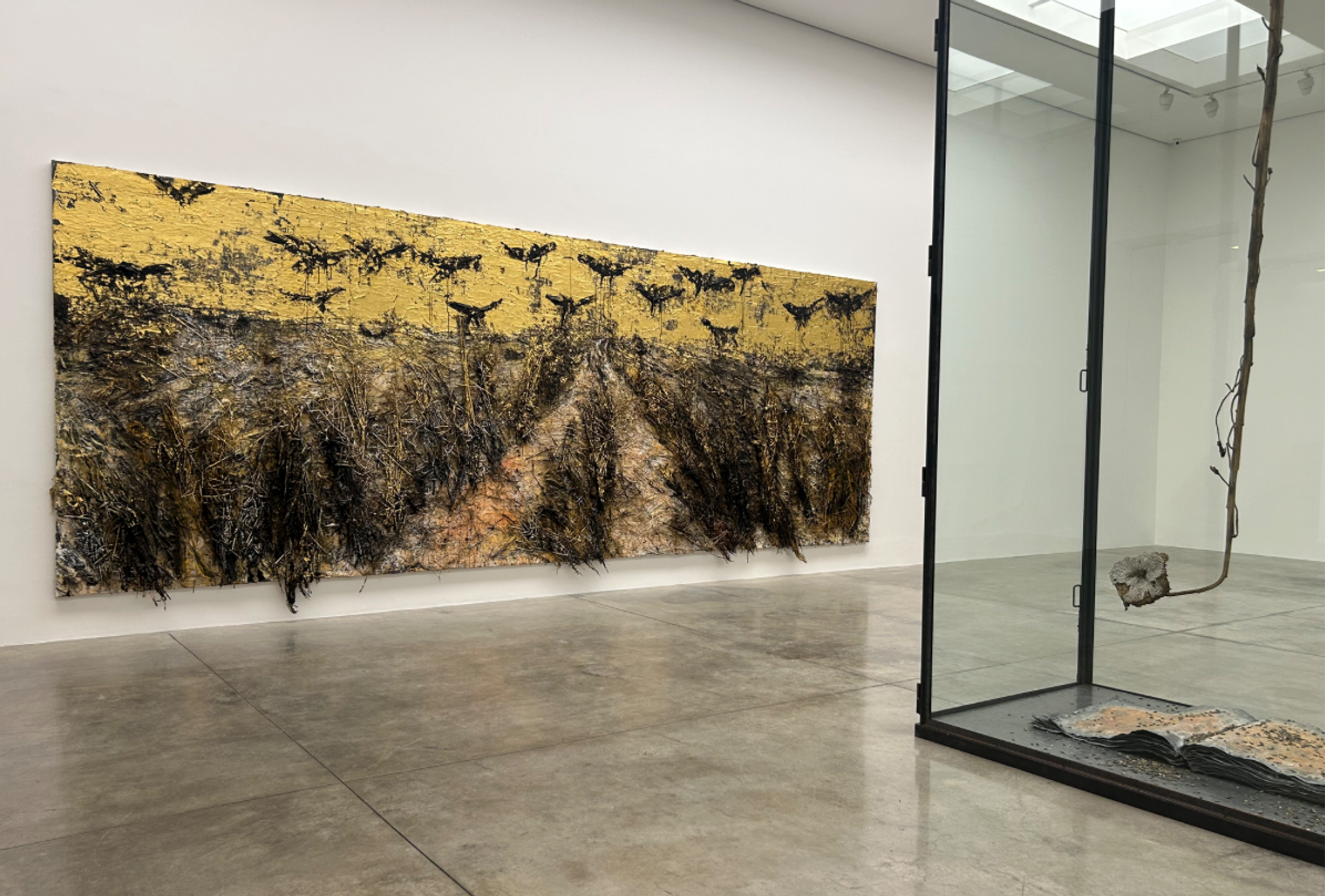
Anselm Kiefer’s Ravens (2019) (main work) and Rising, Rising, Falling Down (2016-24) (sculpture) at White Cube
Photo: The Art Newspaper
These include another “ravens” work, an even wider one (7.6m) than Nevermore at RA. A golden sky is filled with the birds, which hover above rows of crops disappearing towards the horizon.
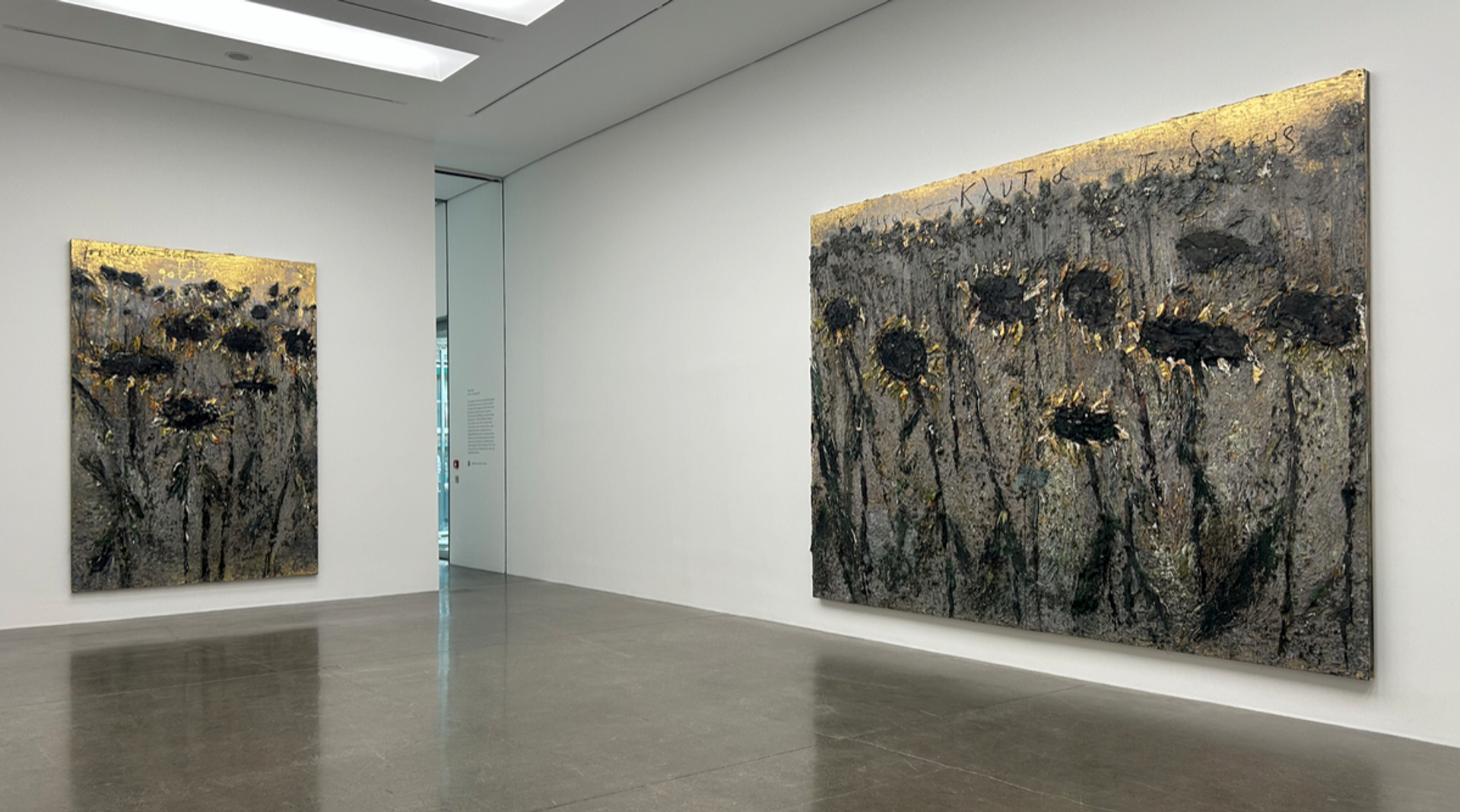
Anselm Kiefer’s Sweet golden clime (for William Blake) (left) and Clytie (right) (both 2023-25) at White Cube
Photo: The Art Newspaper
The ground floor of the White Cube display has four works inspired by Van Gogh’s famed motif, the sunflower. These include Sweet golden clime (for William Blake), whose title comes from one of Blake’s 1794 poems, “Ah Sun-flower”. The poet writes about a "weary" sunflower which desperately seeks the sun, tracking its daily movement across the sky—and reaching toward heaven.
Van Gogh’s Arles sunflowers are exuberant, full of life. Kiefer’s in Sweet golden clime are much more sober, beginning to wilt in a dark field, but set beneath a stretch of golden sky. If you visit the RA show, do make sure to go to White Cube too.


